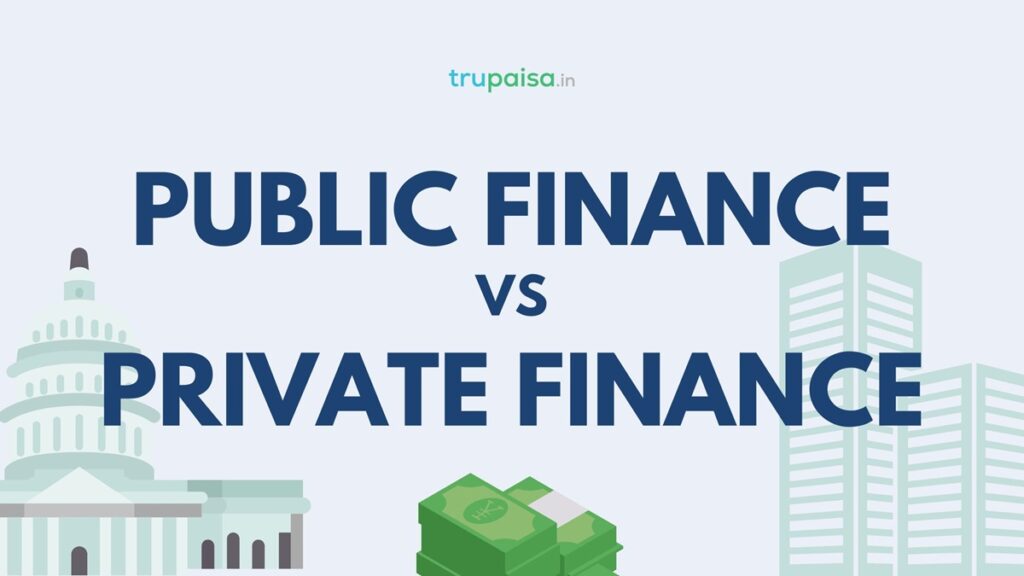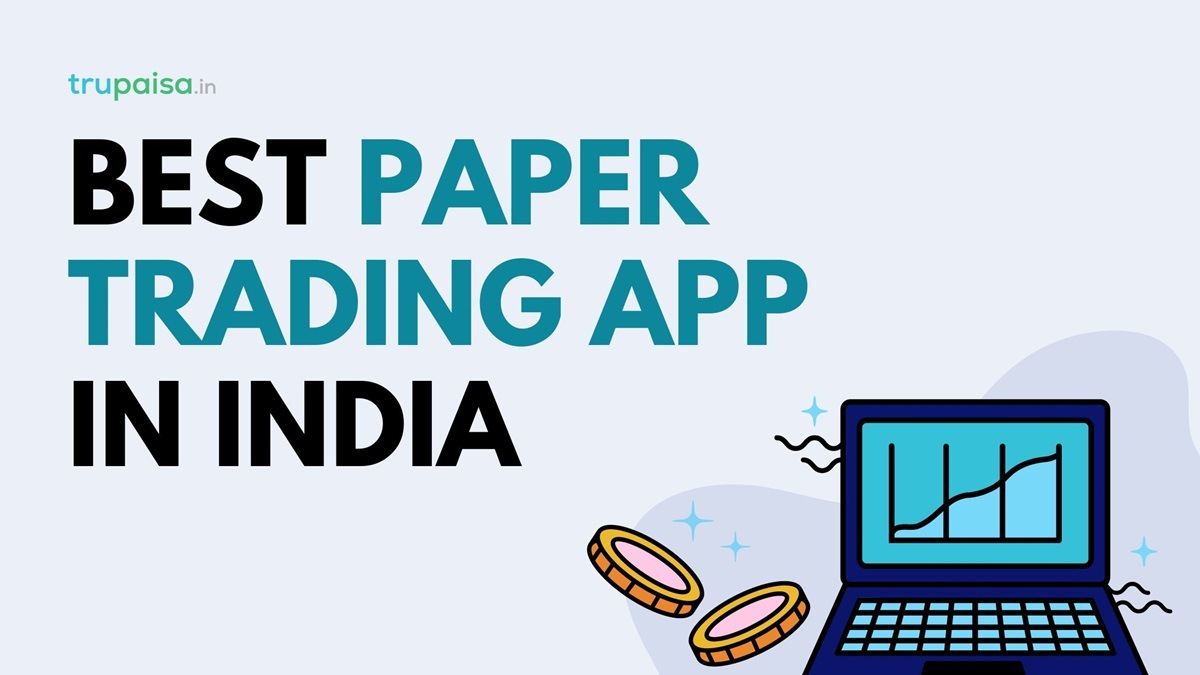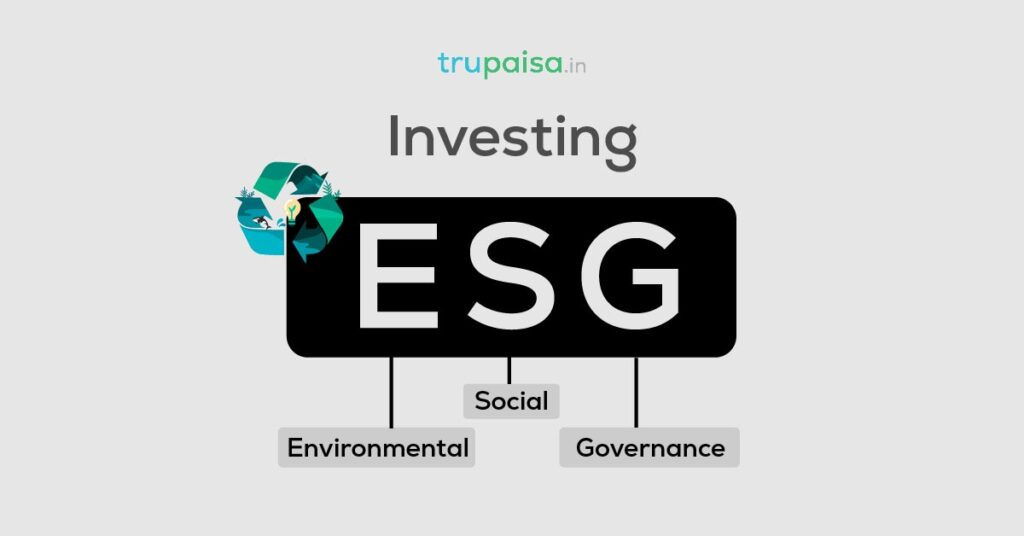Introduction
What is the difference between public finance and private finance? If this question bothers you, today you are going to dive deep into this topic to understand it nitty-gritty.
🚀 Quick Summary: Public finance involves government funds for national development, focusing on managing public funds to improve the economy. Private finance deals with personal financial management, aiming at wealth maximization for individuals and businesses. Key differences include how budgets are determined, sources of income, and the nature of financial transactions. Public finance aims at social welfare and economic stability, while private finance seeks profit and financial security. Understanding these distinctions is crucial for informed financial decision-making.

Ever wondered where the money comes from to build roads, schools, and hospitals?
Or how the government balances its budget while you manage your own?
The answer lies in understanding the difference between public finance and private finance. While both involve managing money, they have distinct purposes and players.
In this blog post, I, Manu Dhiman , the founder of trupaisa.in, with over 15 years of experience in personal finance, will guide you through the difference between public finance and private finance in simple terms.
By the end, you’ll have a clear understanding of how these two financial worlds work and how they impact your daily life.
So, buckle up, and let’s dive into the fascinating world of public and private finance!
Also Read: Fixed Asset Coverage Ratio: Definition, Calculation & Example
Public Finance: The Nation’s Wallet

Public finance deals with the financial resources of a government.
Imagine it as the nation’s wallet, where money comes in (revenue) and goes out (expenditure).
The government collects revenue through various means like taxes, fees, and fines. This money is then used to fund various public services like infrastructure, healthcare, education, and social security.
Also Read: 10 Golden Principles of Warren Buffett
Here are the key aspects of public finance:
- Revenue generation: Taxes, fees, fines, and borrowing are some common sources of income.
- Expenditure management: The government allocates funds for various public services based on national priorities and budgets.
- Fiscal policy: The government uses various tools like tax rates and spending levels to influence the economy and achieve its social and economic objectives.
Public finance directly impacts your daily life through the quality of public services you receive, the taxes you pay, and the overall economic environment.
Understanding how the government manages its finances can help you make informed decisions about your vote and your participation in civic life.
| Aspect | Description |
|---|---|
| Definition | Public finance involves government revenue, expenditures, and debt management. |
| Objectives | Aims to ensure economic stability and social welfare through government spending and taxation policies. |
| Sources of Funds | Funding sources include taxes, bonds, and grants to fund public services and infrastructure projects. |
| Decision-Making | Decisions are made collectively by government officials to allocate resources for public goods. |
| Accountability | Subject to public scrutiny and accountability measures to ensure transparency in government spending. |
Also Read: Importance of Personal Finance Planning
Public Finance: Pros & Cons
Public Finance: Pros
- Provides essential public services: Ensures citizens have access to infrastructure, healthcare, education, and social security.
- Promotes economic stability: Uses fiscal policy (taxes and spending) to influence economic growth, employment, and inflation.
- Reduces income inequality: Can use taxes and social programs to redistribute wealth and reduce income disparities.
- Invests in long-term projects: Can invest in public infrastructure and research that benefits future generations, which private sector might not prioritize.
- Promotes social welfare: Provides safety nets and support programs for vulnerable populations.
Public Finance: Cons
- Can be inefficient: Government bureaucracy can lead to slow decision-making and wasted resources.
- Susceptible to political influence: Spending decisions may be influenced by special interests or political agendas, not necessarily by public needs.
- High tax burden: Citizens may feel burdened by high taxes, which can impact their disposable income.
- Vulnerable to economic downturns: Government revenue can decline during recessions, leading to budget deficits and cuts to public services.
- Can create dependency: Overreliance on government programs can discourage individual initiative and responsibility.
Private Finance: Your Personal Wallet
Private finance, on the other hand, focuses on the financial management of individuals and households.
It’s all about your personal wallet and how you manage your income, expenses, savings, and investments.
Here are the key elements of private finance:
- Income generation: Your income comes from various sources like salaries, wages, investments, and business ventures.
- Expense management: You need to plan and track your spending on essential and discretionary items like housing, food, transportation, and entertainment.
- Financial planning: Setting financial goals, creating a budget, saving for the future, and making smart investment decisions are crucial aspects of private finance.
Private finance directly impacts your personal financial well-being and your ability to achieve your life goals.
By managing your finances effectively, you can achieve financial security, build wealth, and enjoy a comfortable lifestyle.
| Aspect | Description |
|---|---|
| Definition | Private finance involves individual, household, or business financial activities. |
| Objectives | Focuses on personal financial goals like savings, investments, and wealth management. |
| Sources of Funds | Funding sources include personal income, loans, investments, and savings accounts. |
| Decision-Making | Decisions are made autonomously based on personal financial goals and risk tolerance. |
| Accountability | Accountability primarily lies with oneself or stakeholders, with decisions being private matters. |
Also Read: Best Banks For Salary Account In India || Benefits
Private Finance: Pros & Cons
Private Finance: Pros
- Empowerment and control: You have complete control over your financial decisions and can tailor your plan to meet your specific goals and needs.
- Potential for higher returns: You can potentially achieve higher returns on your investments compared to traditional savings accounts offered by banks.
- Opportunity to build wealth: By managing your finances wisely, you can accumulate wealth over time and achieve your financial goals, such as buying a home or retiring comfortably.
- Teaches valuable life skills: Learning about personal finance can equip you with valuable life skills such as budgeting, saving, and responsible spending habits.
Private Finance: Cons
- Requires knowledge and effort: Effective personal finance management requires time, effort, and continuous learning.
- Risk of loss: Investments carry inherent risks, and you could potentially lose money depending on market conditions and your investment choices.
- Susceptible to personal biases and emotions: Making financial decisions based on emotions or personal biases can lead to poor choices and negative consequences.
- Can be overwhelming and stressful: Managing finances can be stressful, especially for individuals with limited financial literacy or facing financial difficulties.
Difference Between Public Finance and Private Finance

So, finally we are in the section of this blogpost, which is matters the most to us.
Thus, understanding the difference between public and private finance empowers you to:
- Make informed decisions: You can become a more responsible citizen by understanding how your tax dollars are used and how government policies might affect your finances.
- Plan your finances effectively: By considering the impact of public policies and economic conditions, you can make better decisions about your income, expenses, and savings goals.
- Participate actively in society: By understanding the connection between public and private finance, you can engage in constructive discussions about government spending and economic policies.
Just to give you more clear perspective, let me give you the details about the difference between public finance and private finance in a grid format! Enjoy it!
| Feature | Public Finance | Private Finance |
| Focus | Financial resources of a government | Financial management of individuals and households |
| Objective | Provide public services and achieve social and economic goals | Achieve personal financial goals and well-being |
| Revenue | Taxes, fees, fines, borrowing | Salaries, wages, investments, business ventures |
| Expenditure | Public services (infrastructure, healthcare, education, social security) | Essential and discretionary expenses (housing, food, transportation, entertainment) |
| Financial Planning | Fiscal policy (tax rates, spending levels) | Budgeting, saving for the future, investment decisions |
| Impact | Affects quality of public services, taxes paid, and overall economic environment | Affects personal financial well-being and ability to achieve life goals |
| Overlap | Taxes contribute to government revenue, government policies impact personal finances, economic conditions affect both | |
| Examples | Government budget, national debt, public spending on infrastructure | Personal budget, saving for retirement, investment portfolio |
The Overlap: Public Finance Meets Private Finance
While have seen the difference between public finance and private finance in above section, lets now see how they do intersect in a few ways:
- Taxes: The money you pay in taxes contributes to the government’s revenue, which is then used to fund public services that benefit you directly or indirectly.
- Government policies: Government policies like tax regulations, interest rates, and social security programs can significantly impact your personal financial decisions.
- Economic conditions: The overall economic environment, influenced by public policies, can impact your income, investment returns, and cost of living.
Beyond the Basics: Exploring Different Facets of Public and Private Finance
This blog post has just scratched the surface of the difference between public and private finance.
There are many other fascinating aspects to explore, such as:
- Public debt and its impact on future generations
- The role of central banks in managing the economy
- Financial literacy and empowerment for individuals
A Global Perspective!

If you think, public finance and private finance is limited to national boundaries, you are limited by your imagination.
The are many global organization such as the International Monetary Fund (IMF) plays a multifaceted role in the realm of public finance, impacting various aspects of how countries manage their financial resources. Here’s a breakdown of its key functions:
Surveillance and Policy Advice
- The IMF monitors and analyzes the economic and financial health of its member countries, offering valuable insights and recommendations on managing public finances.
- Through its surveillance reports, the IMF assesses the stability of a country’s exchange rate, its level of debt, and overall fiscal health.
- Based on this analysis, the IMF provides policy advice to governments, suggesting strategies to improve budget management, tax policy, and public spending efficiency.
Financial Assistance
- The IMF acts as a lender of last resort, providing financial assistance to member countries facing balance of payment problems or economic crises.
- These loans are often accompanied by conditionalities, requiring the borrowing country to implement specific economic reforms aimed at stabilizing their finances and addressing the root causes of the crisis.
- This assistance helps countries bridge temporary funding gaps and promotes sustainable economic growth.
Capacity Building
- The IMF recognizes the importance of building strong financial institutions and fostering technical expertise within member countries.
- By providing training and technical assistance, the IMF equips government officials with the skills and knowledge necessary to manage public finances effectively.
- This includes training on budgeting, tax administration, and debt management, empowering countries to make informed financial decisions and promote long-term economic stability.
Promoting International Cooperation
- The IMF serves as a platform for dialogue and collaboration among its member countries on issues related to public finance.
- It facilitates discussions on global economic challenges and fosters cooperation in areas such as debt management, tax policy, and financial regulation.
- This collaboration helps to create a more stable and predictable global financial environment, ultimately benefiting member countries through improved trade, investment, and economic growth
All in all, the IMF plays a crucial role in assisting countries in managing their public finances effectively.
From providing insightful advice to offering financial support and fostering technical expertise, the IMF contributes significantly to promoting global economic stability and fostering sustainable development
Conclusion
As a personal finance professional, I believe that understanding both public finance and private finance is crucial for individuals to navigate the complex financial landscape effectively.
By taking an active interest in both, you can contribute to a healthier and more sustainable financial future for yourself and your community.
I hope this blog post has helped you gain a clear understanding of the difference between public and private finance.
Also Read: 8 Best Rupay Credit Cards | Amazing Benefits | Apply Online
Disclaimer: All images used in this blogpost are taken from pexels.com








